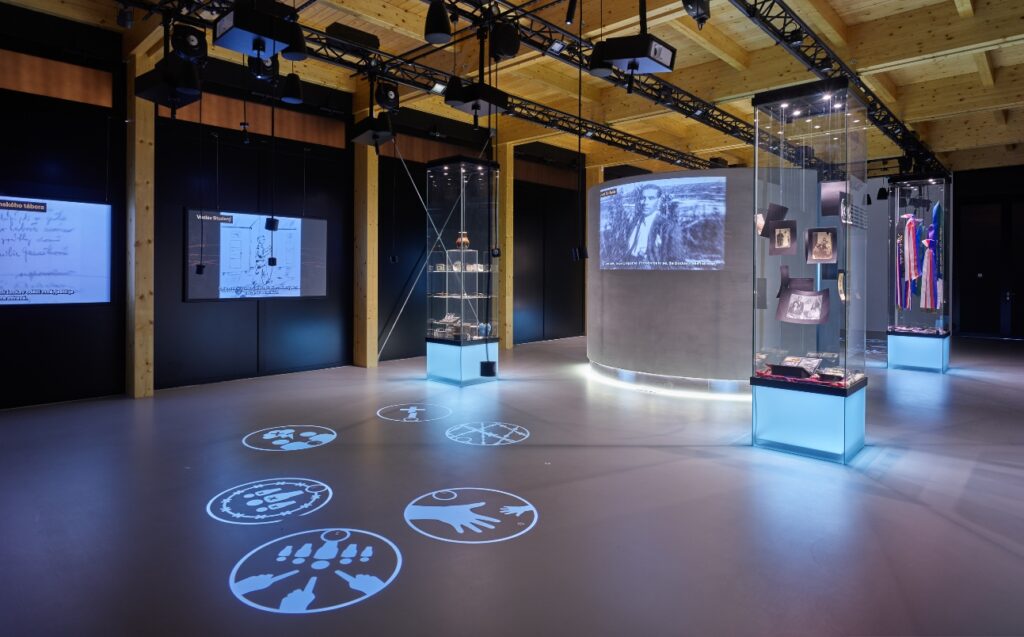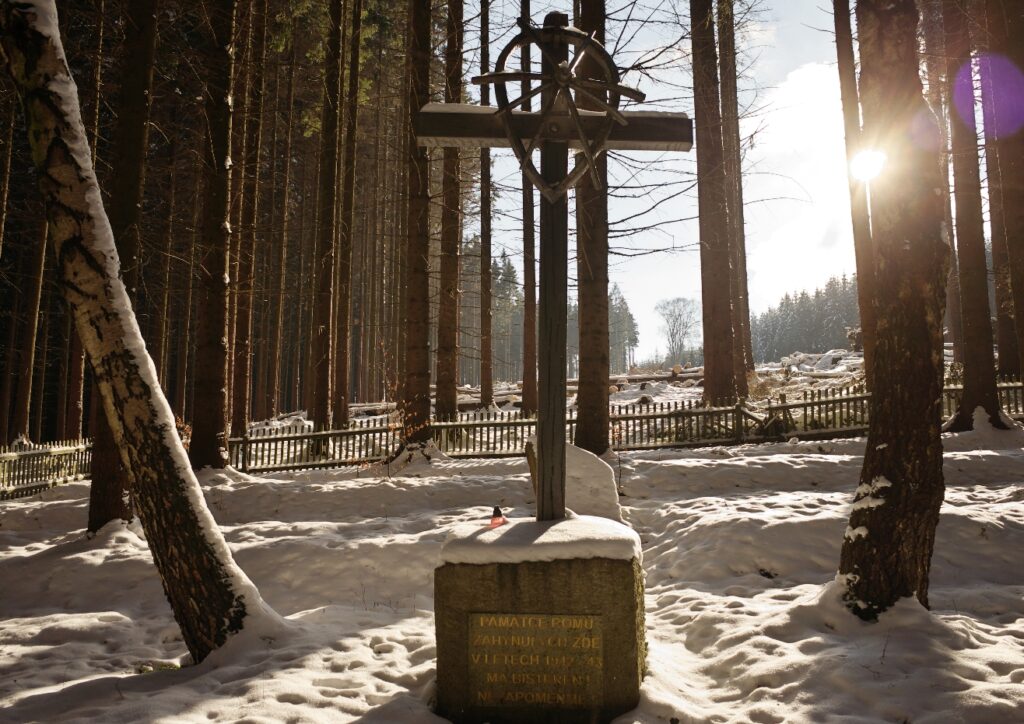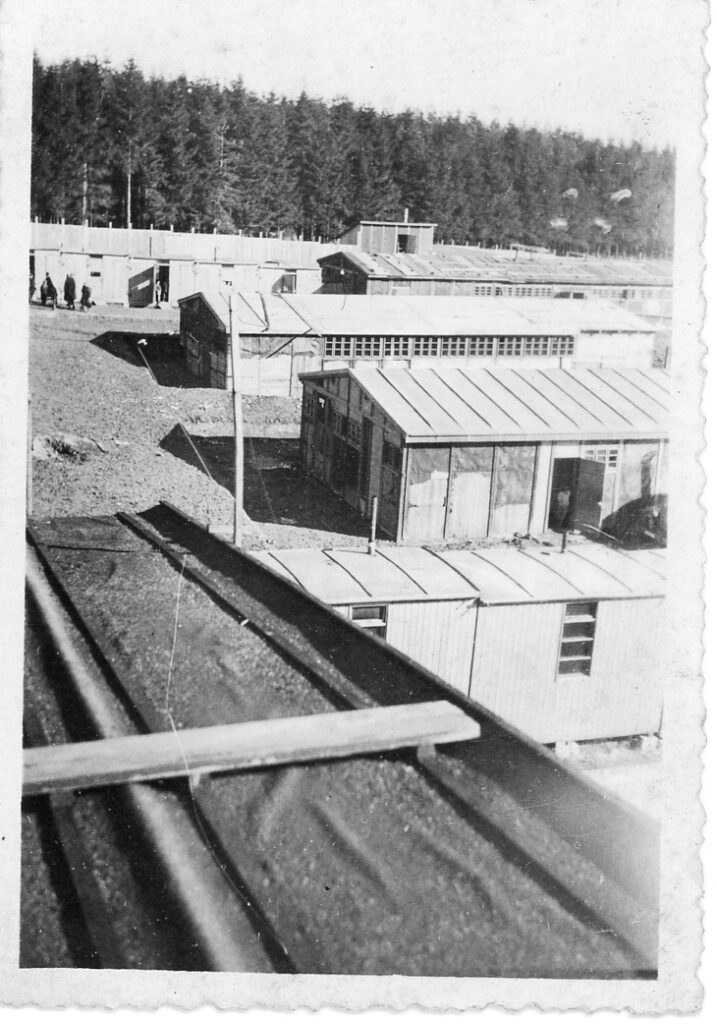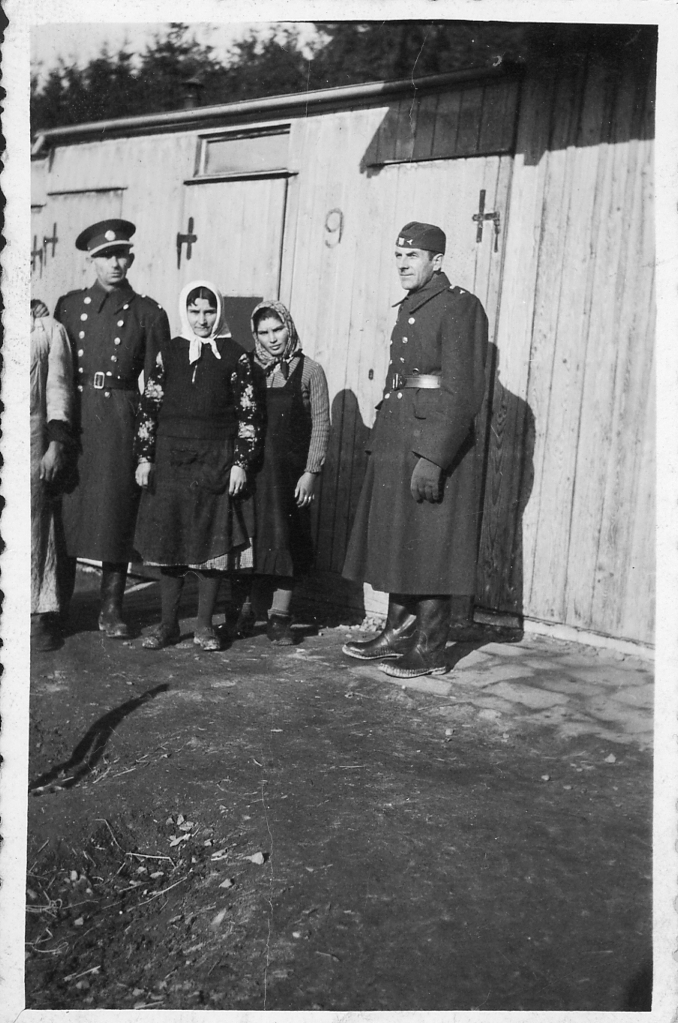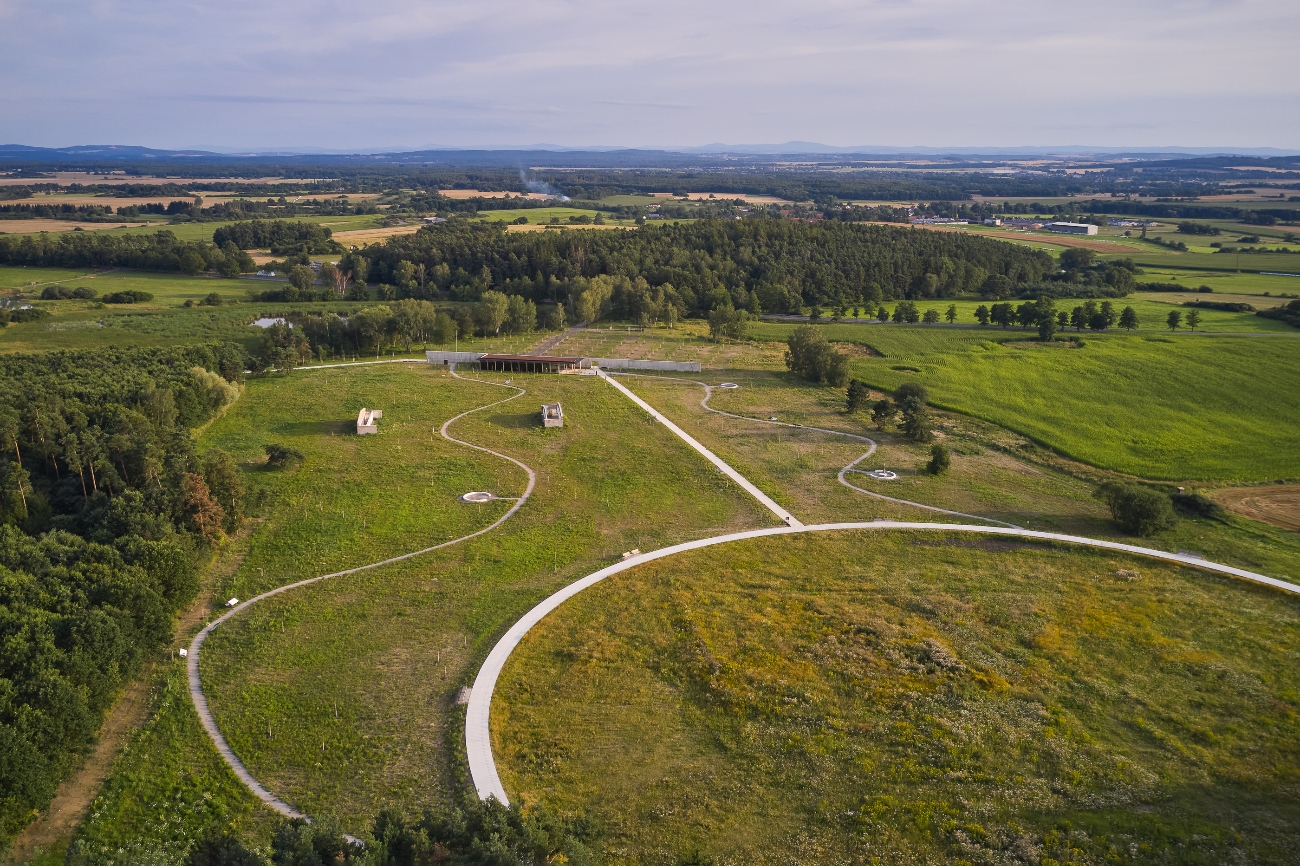Porajmos in Protectorate Bohemia and Moravia – Lety, Memorial to the Holocaust of the Roma and Sinti in Bohemia
Fact of the Czech figure „Racial genocide in occupied Czech lands”
Part of the „The Holocaust” topic
Almost three-quarters of a century, it took Czech society a long time to build a worthy memorial to the Czech Roma and Sinti, who were systematically persecuted and murdered on racial grounds between 1939 and 1945. Finally, in May 2024, the Memorial to the Holocaust of Roma and Sinti in Bohemia was opened in Lety.
The memorial was built on the site of the so-called „Gypsy camp” for the forced concentration of Roma and Sinti from the Protectorate of Bohemia and Moravia stood in 1942 and 1943. A similar concentration camp was established in Moravia at the same time in Hodonín, near Kunštát. There is also a Holocaust memorial there.
The purpose of the „Gypsy camps” was the internment of Roma and Sinti on the grounds of race, and included men, women and children. The racial definition of the prisoners made the „Gypsy camps” different from the earlier camps in Lety and in Hodonín, which had been established by the Protectorate authorities since 1940. These served as disciplinary labour camps for people who had long refused to live and work as ‘ordinary people’. The proportion of Roma in these camps ranged from 5 to 25 per cent, mainly Roma who had not complied with the Protectorate’s ban on nomadism and vagrancy.
From the summer of 1942, however, the nature of both camps changed radically, although they were still established by the Protectorate authorities and administered by Czech gendarmes. Lety and Hodonín became a place where genocidal policies were implemented, where people died of epidemics, starvation, exhaustion from forced labour and maltreatment, but above all they served as transit stations before deportation to the Auschwitz II-Birkenau extermination camp.
More than 2,700 people passed through the „Gypsy camps” in the Protectorate, and more than 530 of them died. A large proportion of the dead were children under the age of 14. Thousands more died in German extermination and concentration camps. Only a fraction of the original number of Roma and Sinti from the Czech lands survived the Nazi genocide. Only 583 Roma men and women returned home.
